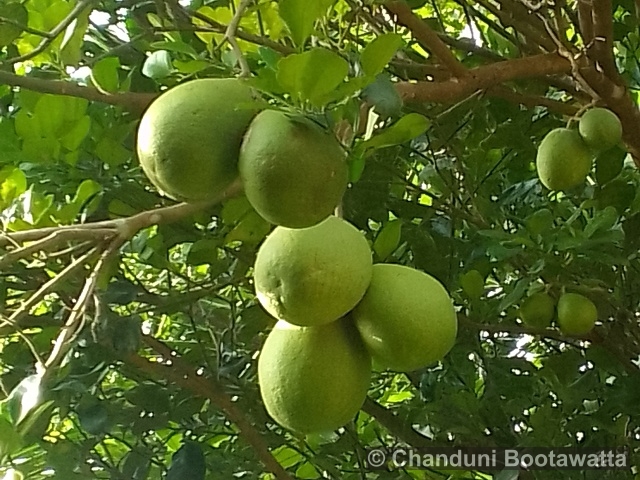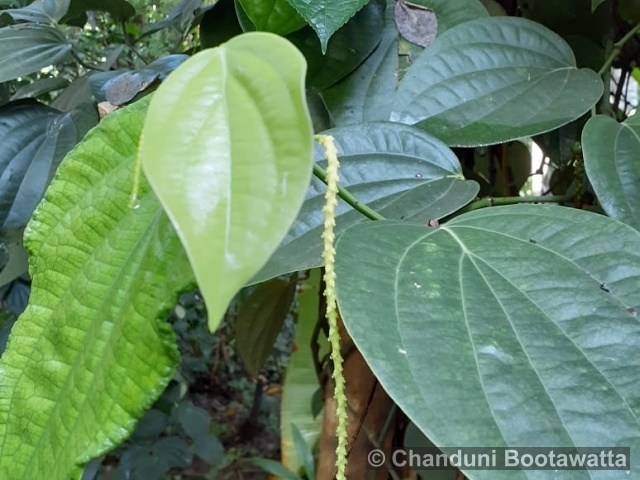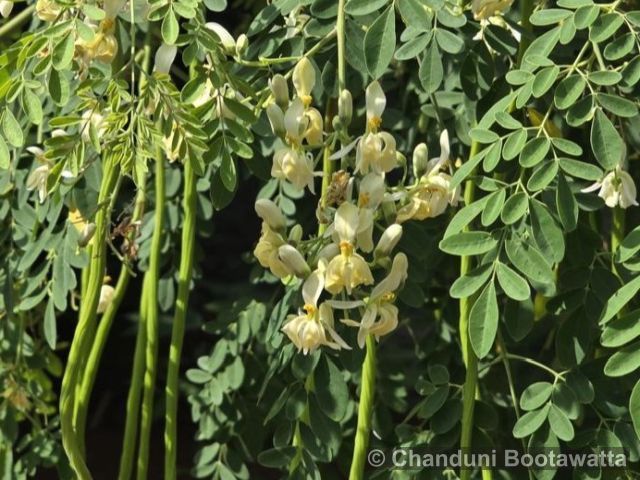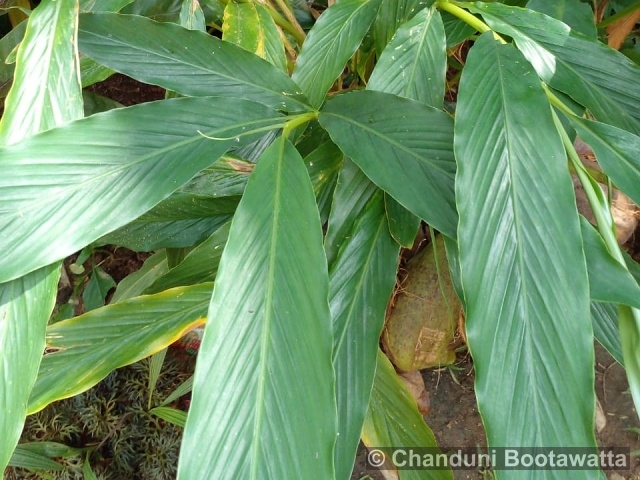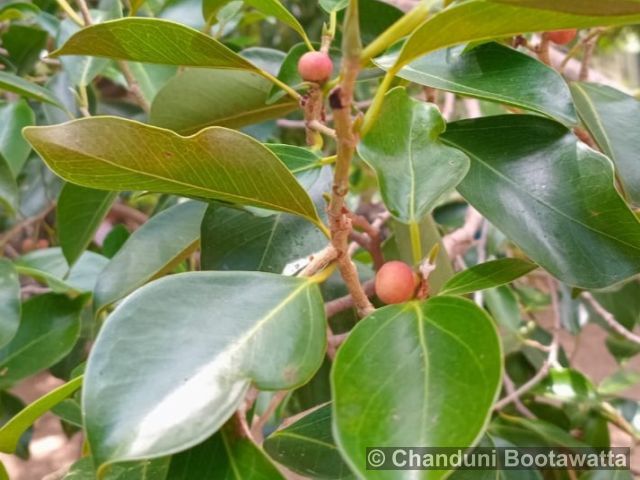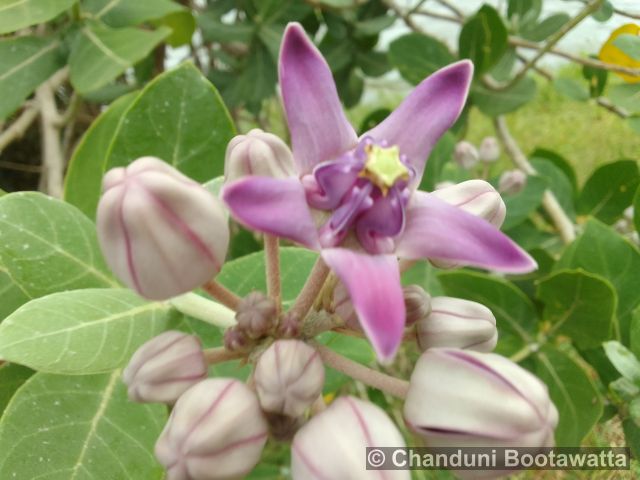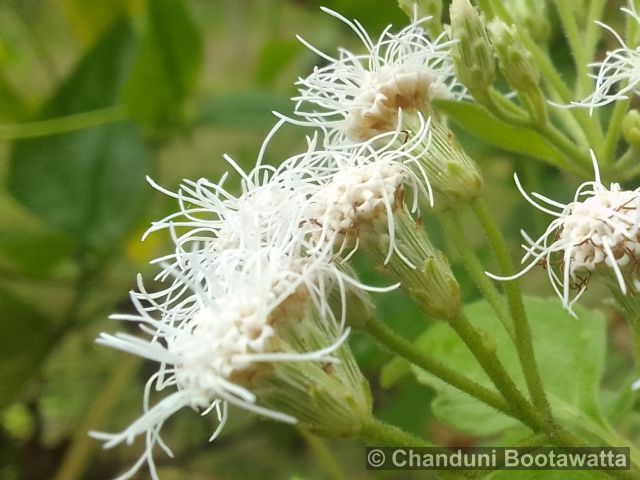Tento příspěvek byl přečten205krát!
Syn: Camellia olesosa (Lour.) Rehder
Family: Theaceae
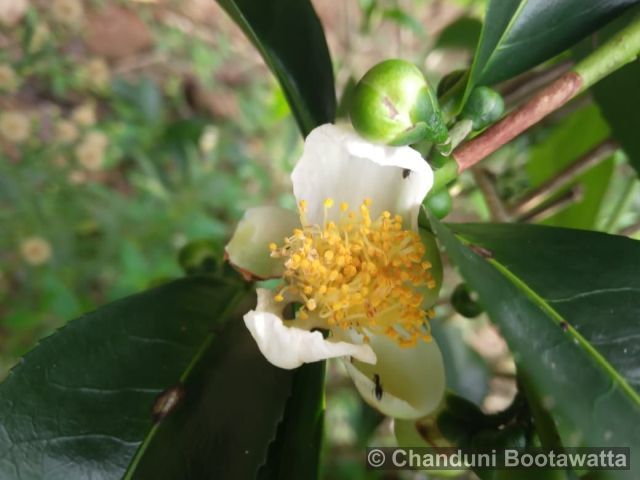
Description: Camellia sinensis is a species of evergreen shrub whose leaves and buds are used to produce various types of tea, including green tea, black tea white tea, and oolong tea. It is known for its caffeine content and antioxidant properties. The specific processing and oxidation methods applied to its leaves determine the type of tea produced. Camellia sinensis has a rich cultural and historical significance, as tea has been consumed for centuries and is enjoyed worldwide.

Substitutions: Camellia sinensis var. sinensis is variety that native to China and is often referred to as the “Chinese tea plant”. It’s known for producing smaller tea leaves with more delicate flavor. Varieties of this plant commonly used for green and White teas. Camellia sinensis var. assamica is a variety that native to Assam region in India, and it is known as the “Assam tea plant”. It produces larger leaves and uses to produce many black teas, including strong and robust Assam black tea.

Ecology: Prefers regions with moderate temperatures and well-distributed rainfall, the plant can grow at varying altitudes, well-draining acidic soils are ideal.

General distribution: Native to Asian regions such as China, India, Sri Lanka, Japan, Taiwan and also found in Africa and South America.
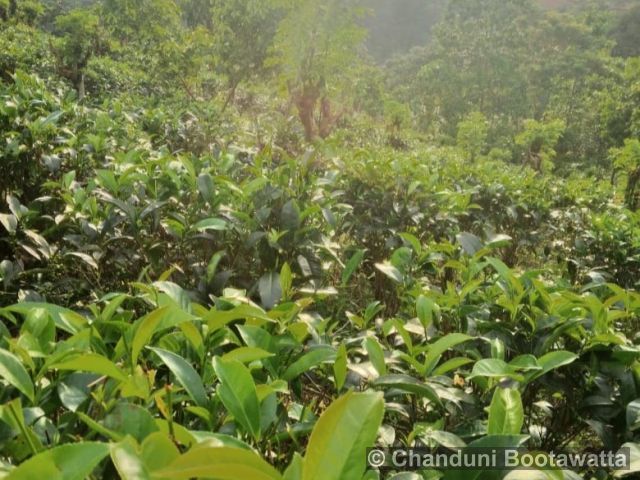
Endangerment: Not currently considered as endangered, however it faces various challenges, including habitat loss, climate change, and pests.
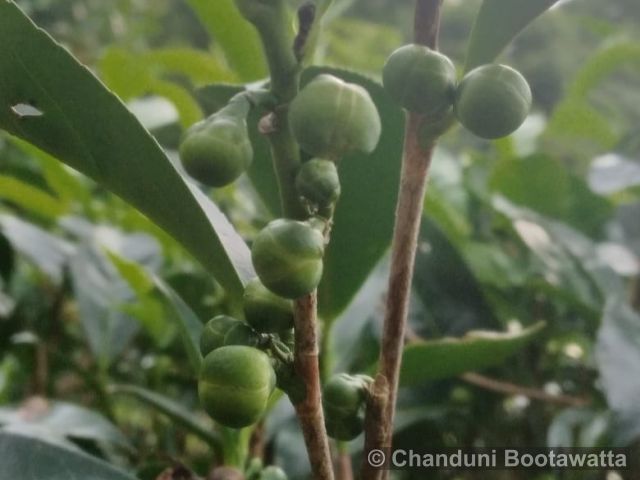
Author of text and photos: Chanduni Bootawatta.
Photographed in a tea estate at Rathnapura, Sri Lanka on 16/10/2023.



 Poslat emailem
Poslat emailem